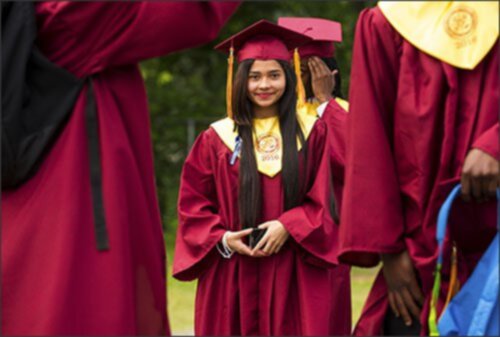 Bridging the Gap in High School Graduation Rates
Bridging the Gap in High School Graduation Rates

The community schools’ model is one way of bridging the gap in high school graduation rates. This type of school allows partnerships to grow and thrive, says the article “Working with Community Organizations to Support ELL Students.”
The Institute for Educational Leadership (IEL) gives an excellent description of these innovative schools. It says that when the majority of people think of a school, they usually think of it as only having a single purpose—a place where students learn and teachers teach. Community schools, however, are more like smart phones, says IEL. It’s a place where communities and schools do the three C’s, according to the organization, and that’s to create, collaborate and connect. Families and kids have a variety of supports from community partners/organizations right on the school site. Schools and communities share their talents, gifts and resources to help children succeed, and they’re working, adds IEL. Schools are open all day, every day, evenings and weekends, too, and are basically hubs of the community, it says. Here are the statistics from one of the school districts implementing this model.
While only spending about $7,600 annually in local and state funding per student, which is approximately one-third less than the US average, Union Public Schools district in Oklahoma had a high school graduation rate of 89 percent; that’s 7 percent higher than the country’s average, according to the article “Community Schools are Turnaround Models.” Attendance has also risen and schools suspensions have dropped, too, it says. Of the total population, one-third of these are Latino students, many of whom are English Language Learners (ELLs).
Organizations like the Latino Family Literacy Project are the type of resource that community schools rely on to boost the literacy rates of its Hispanic ELL learners. Offering a myriad of different programs from establishing an at-home reading routine for elementary-school age kids to parent engagement workshops in college readiness for youth, the Project believes that bridging the gap in high school graduation rates starts from the first grade on. Teachers can attend a one-day, program training at a workshop near them or via an online webinar.
